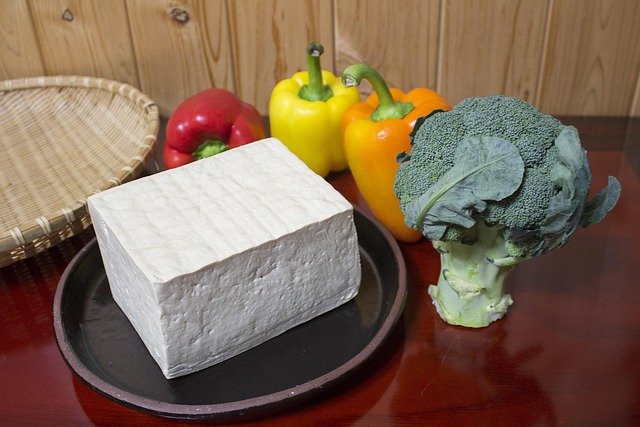Flexible main-course ideas for mixed dietary households
Planning a holiday main course that satisfies omnivores, vegetarians, and vegans in the same household requires flexible recipes, sensible timing, and clear portioning. This teaser outlines practical approaches to selecting mains, coordinating sides and sauces, and thinking ahead about leftovers, sustainability, and beverage options.

Preparing a holiday main course for a mixed dietary household means balancing flavor, logistics, and respect for dietary choices. With some planning you can serve a turkey, plant-based centerpiece, or both without doubling the workload. Focus on shared sides and sauces, staggered roasting or separate cook methods, and clear timing so everything hits the table warm. Consider portioning thoughtfully and plan for leftover storage and sustainability practices like composting to reduce waste.
How can turkey be adapted for mixed diets?
A classic turkey remains a central option for many holiday feasts, and it can be prepared so it complements vegetarian and vegan mains rather than competing with them. Brining enhances moisture and can be done simply with salt, water, and aromatics; consider a lighter herb brine to keep flavors approachable. Roasting on a rack allows clear separation from plant-based dishes; use a thermometer to manage timing and avoid overcooking. Offer carved turkey as one plated option while keeping several attractive vegetarian alternatives ready to serve.
What vegetarian and vegan mains work alongside meat?
Choose vegetarian or vegan mains that hold up well at serving time and pair with the same sides and sauces used for the turkey. Options include roasted vegetable terrines, hearty lentil and mushroom loaves, stuffed squash, or layered grain casseroles flavored with herbs and umami-rich ingredients. These mains should be well-seasoned and texturally satisfying so guests don’t feel like they’re eating an afterthought. Prepare vegan bases that can be finished with optional dairy or vegan toppings at service to keep choices flexible.
How should sides and sauces be designed?
Sides and sauces are where a feast comes together; design them to be universally appealing and adaptable. Classic sides like roasted root vegetables, mashed potatoes, braised greens, and grain salads can be made vegan-friendly by default or with simple dairy add-ons on the side. Sauces—gravy, chutneys, and herb vinaigrettes—should be offered in separate vessels. Make a vegetable stock–based gravy for vegetarians and a joint pan gravy from turkey drippings for meat eaters, labeling both clearly to avoid confusion.
How to plan timing and portioning for a mixed feast?
Timing and portioning minimize kitchen stress. Schedule the turkey’s brining and roasting timeline first; large turkeys require significant timing for brining, roasting, and resting. Parallel-cook plant-based mains that need less time, finishing them while the turkey rests. Portioning guidance helps hosts buy the right quantities: estimate servings based on appetite and guests’ dietary preferences, keeping extra versatile sides to accommodate surprise appetites. A simple timeline—prep, cook, rest, finish—keeps everything coordinated and warm when served.
What to do with leftovers and sustainability options?
Leftovers present an opportunity to reduce waste and extend the feast. Plan for clear storage: label containers with contents and date, separate meat from vegetarian items to respect diets, and reuse roasted vegetables in salads, soups, or grain bowls. For sustainability, limit single-use packaging and set up a composting plan for vegetable scraps and peels; many local services in your area accept compost or can advise on backyard systems. Composting food scraps reduces landfill contribution and closes the loop on a holiday meal.
Which beverages pair across dietary choices?
Offer a selection of beverages that span flavor profiles and dietary needs: sparkling water and simple fruit spritzers, nonalcoholic punches, and a modest selection of wines or beers for adults. Provide clear labeling for any drinks containing dairy or allergens. Hot beverages—tea, coffee, and a well-spiced cider—work as both palate cleansers and comforting finishes. Keeping a neutral beverage base and offering optional mixers lets guests tailor their drinks to taste and dietary restrictions.
Balanced planning and thoughtful execution make a joint holiday feast possible without sidelining any guest. Prioritize flexible mains—both turkey-centered and plant-based—that share compatible sides and sauces, organize timing and portioning so everything is served at its best, and plan for responsible leftover and composting practices. With these approaches you can create an inclusive, manageable holiday meal that honors different diets while keeping the focus on shared enjoyment.




